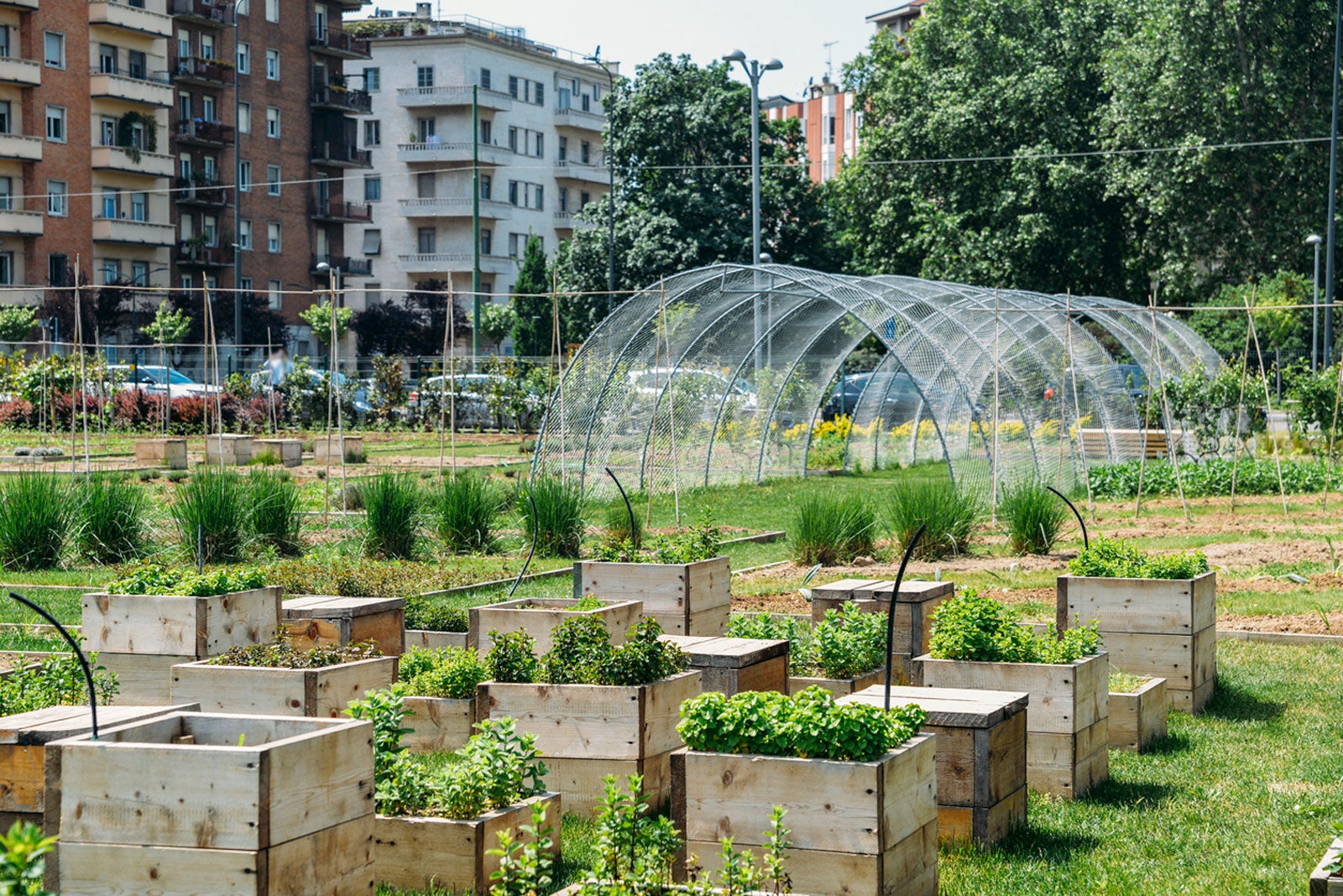The Main Principles Of City Blooming
The Main Principles Of City Blooming
Blog Article
City Blooming - Truths
Table of ContentsThe Definitive Guide for City BloomingAbout City BloomingThe smart Trick of City Blooming That Nobody is Talking AboutFascination About City BloomingThe 8-Second Trick For City Blooming
Interested in expanding food for sale in the City of Chicago? Thinking of starting an area garden? Adjustments to the Chicago Zoning Regulation enable farming uses like neighborhood yards and metropolitan ranches in numerous components of the city. Below is a listing of regularly asked inquiries pertaining to the regulations and guidelines that cultivators need to consider when preparing a metropolitan farming project.
The zoning change does not change any various other codes managing composting, building authorizations, acquiring or leasing City had residential property, company licenses or environmental contamination. There are existing codes that manage these problems and they remain completely result and might apply to your project. Community yards are usually had or handled by public entities, public companies or community-based companies and preserved by volunteers.
Urban farms expand food that is planned to be sold, either on a not-for-profit or for-profit basis. As a result of their commercial objective, city ranches call for a service permit. Yes. A neighborhood garden is allowed to sell surplus produce that was expanded on website if the sales are accessory or subservient to the yard's main function explained above.
Fascination About City Blooming
Composting is enabled yet only for plant material that is created and utilized on site. The quantity of compost product can not surpass 25 cubic lawns at any kind of provided time according to the standards in 7-28-715 of the City's Municipal Code. Yes. Since the dirt at many new garden sites requires modifying, compost, soil, timber chips, or various other products can be obtained to create or enhance the growing area - indoor plants.

If a structure authorization is required after that the hoophouse will be considered an accessory building. You can figure out even more concerning the building permit requirements by speaking to the Division of Structures. The 25,000-square-foot dimension limit is meant to stop a single neighborhood garden from controling a provided block or interfering with the block's existing household or industrial character.
The limit does not relate to yards found in Public Open Area (POS) districts. Can there be greater than one community yard that is 25,000 square feet on a solitary block? Yes. The size restriction relates to private gardens, not to individual blocks. No. Fence is not required, however, yards that have big vehicle parking locations may be called for to set up fencing or various other landscaping attributes.
The Ultimate Guide To City Blooming
B1 & B2 districts call for that all commercial use activities be carried out inside your home. R areas restrict industrial task. The regulations show the objective and intent of the Zoning Code. Is fence needed for urban ranches? Yes. Fencings might be required, together with landscape design and testing, for sure parking lot and outdoor work or storage areas depending on location and the particular task occurring.
Yes. Urban farms call for structure authorizations and zoning approvals prior to construction. Various other types of city evaluation might be needed relying on specific structures, tasks, size, landscaping, licensing, public health and stormwater management issues. Much of these requirements are determined in the job style or allowing process, however, the applicant might be responsible to separately identify certain licenses or allows that may be called for.
Yes. The kind of license is figured out by what is taking place at the site. The Division of Business Matters and Consumer Protection can aid identify the certain type of organization certificate that's needed. Yes. Off street parking is needed for most business projects in Chicago. The needed variety of garage is based upon the variety of employees dealing with website and not the square video of the growing area.
City Blooming Fundamentals Explained

Yes. A city farm can sell garden compost product produced on site, nonetheless, the procedure should abide by the policies in 7-28-715 of the Chicago Municipal Code. Yes. Aquaponic systems are permitted inside your home on city farms in lots of zoning districts. Nonetheless, a zoning testimonial and building license is needed in order to mount frameworks or systems and a company permit is required as described above.
As much as five hives or colonies of honey bees may be kept as an accessory use. Beekeepers have to register with the Illinois Division of Farming. For additional information regarding the suggested zoning amendment you might call the Department of Housing and Economic Advancement, Bureau of Planning and Zoning at 312.744.8563.
Farming in cities and urban areas A city ranch in Chicago. Urban farming describes different practices of growing. https://www.pageorama.com/?p=cityblooming, handling, and distributing food in city areas. The term also puts on the location activities of animal husbandry, aquaculture, beekeeping, and horticulture in balcony and patio garden design a city context. Urban agriculture is distinguished from peri-urban agriculture, which occurs in backwoods beside suburbs.
5 Easy Facts About City Blooming Described
It can include a movement of organic cultivators, "foodies" and "locavores", that seek to create social networks based on a shared values of nature and community holism. These networks can create using official institutional support, becoming incorporated into neighborhood town as a "change community" motion for sustainable metropolitan development.
The extra straight access to fresh veggie, fruit, and meat items that may be know with metropolitan farming can boost food security and food safety and security while lowering food miles, leading to lower greenhouse gas discharges, thus adding to environment change reduction. Several of the first proof of urban farming comes from Mesopotamia.
Report this page